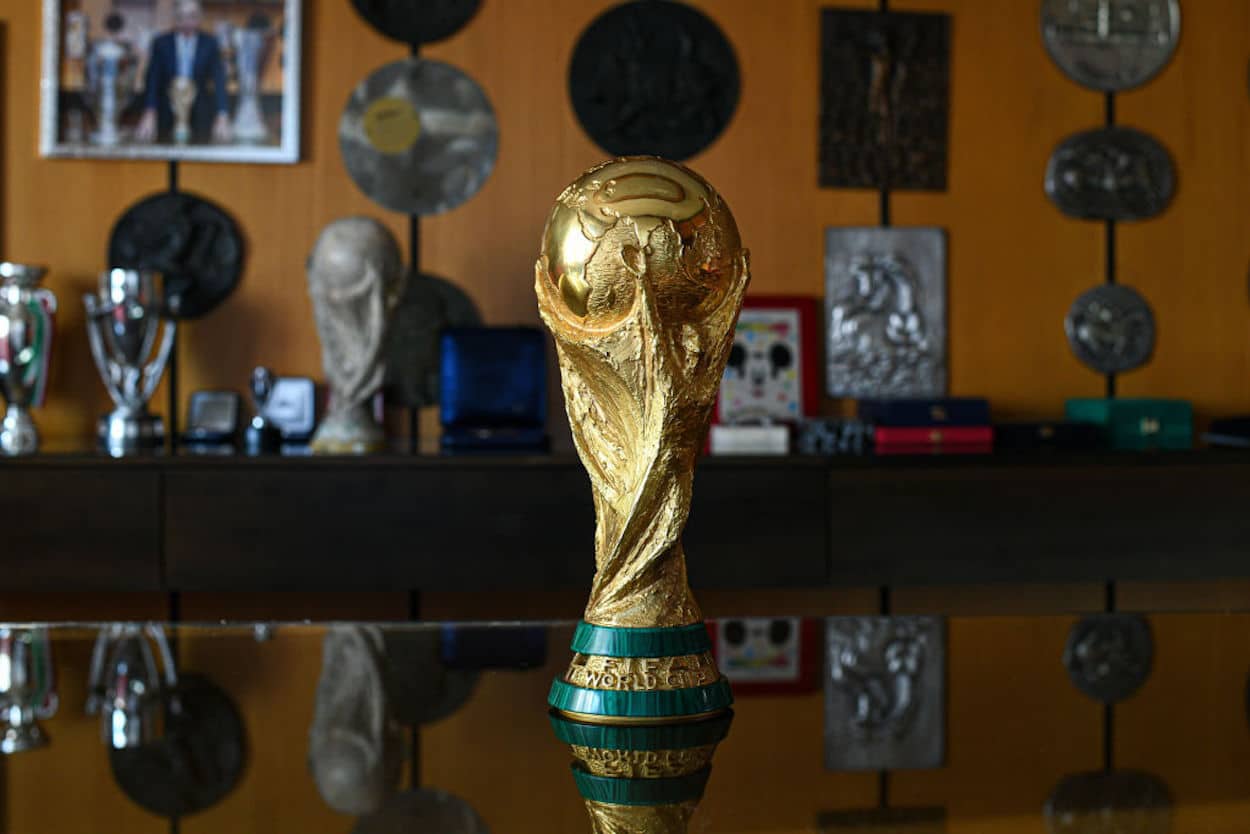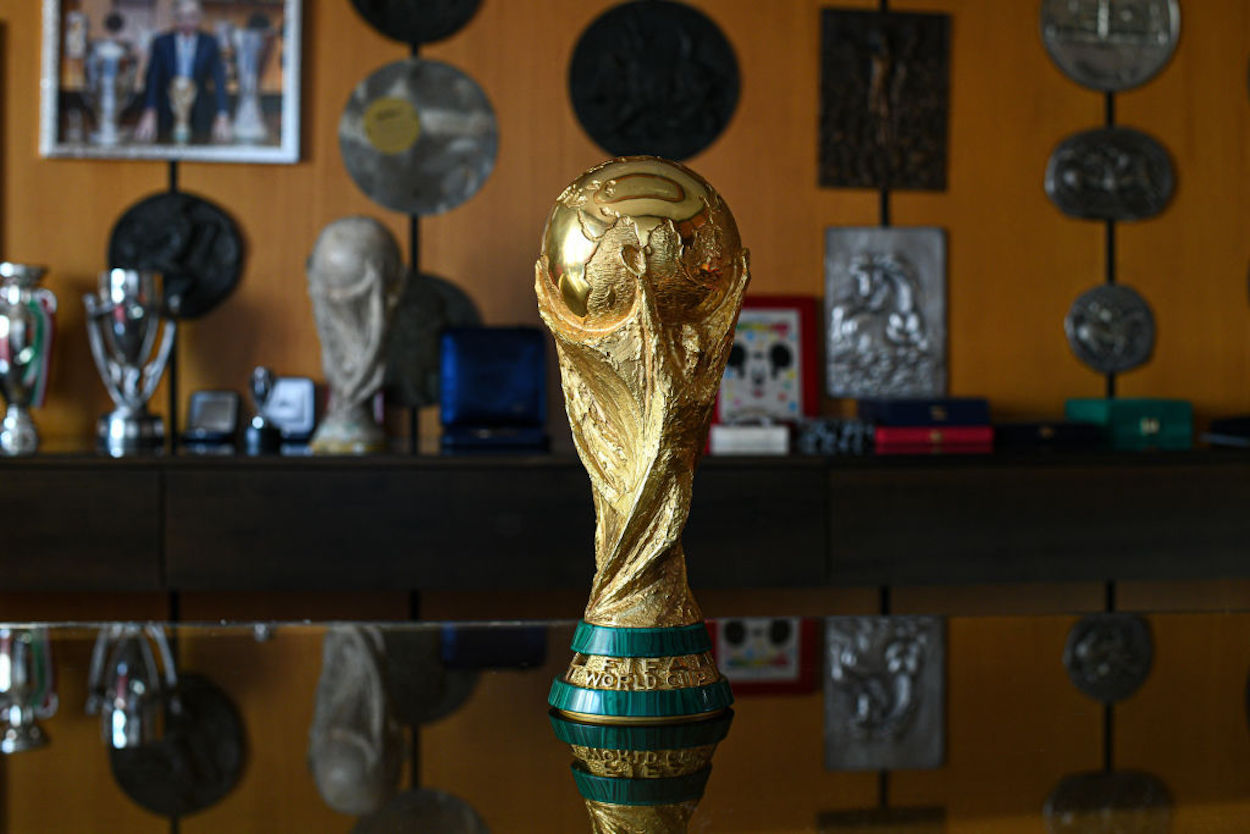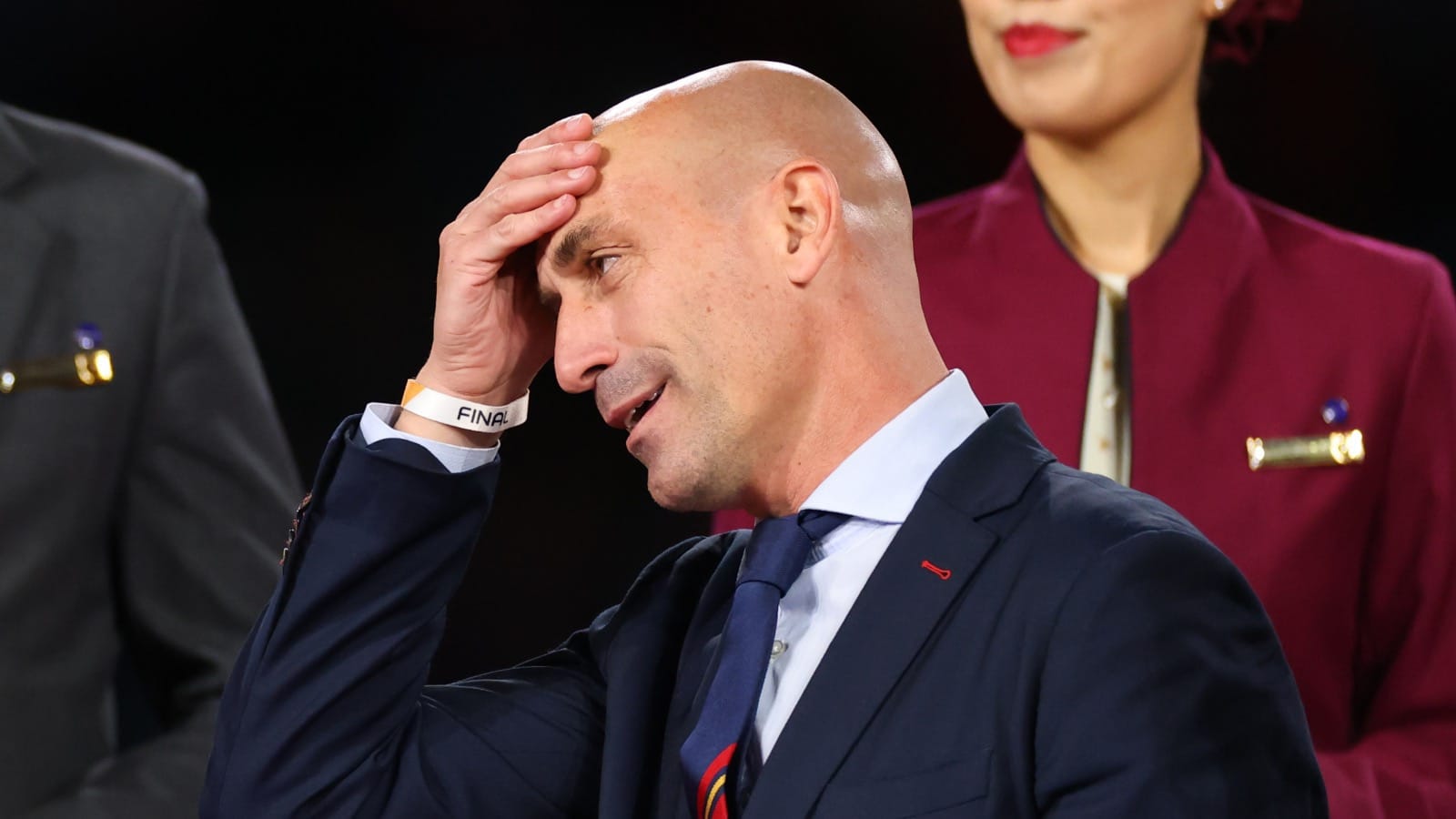
Everything You Need to Know About the World Cup Trophy
While every victory is special, lifting the World Cup Trophy is in a class of its own. Winning a single game at the global level is tough enough. Qualifying for the tournament, then escaping the group stage and winning multiple single-elimination games is even harder. There’s a reason, after all, why some of the greatest players in soccer history never reached World Cup glory.
If you’re a football player, you dream of World Cup success. If you’re a fan, you hope with all your might that your preferred nation can make it to the top of the metaphorical mountain. But how often have you thought about the physical World Cup Trophy itself?
Let’s change that.
What is the World Cup Trophy officially called?
Let’s get the complicated matters out of the way first. The trophy the winning team lifts at the end of the FIFA World Cup is shockingly called the FIFA World Cup Trophy.
Shocking, right?
If you’re a long-time soccer fan, though, you may remember or have otherwise heard of the Jules Rimet Trophy. While the current hardware is sometimes referred to by that name, that’s incorrect. As we’ll explore momentarily, the two trophies are completely different.
What is the Jules Rimet Trophy, and why is it no longer in use?
When the World Cup began in 1930, a trophy depicting the goddess Nike was created for the winner. It eventually became known as the Jules Rimet Trophy after the FIFA president who oversaw the first edition of the tournament.
In 1970, however, things changed. Brazil won their third World Cup title, and as per FIFA’s original rules, that achievement meant they were entitled to keep the trophy. It took a place of honor in the Brazilian Football Confederation’s offices, although it was stolen in 1983 (h/t The Guardian).
So, with the original World Cup trophy in the possession of Brazil (prior to the theft), a new one needed to be created. Enter the modern piece of (metaphorical) silverware, which debuted in 1974.
What does the current World Cup Trophy look like?

If you’ve only seen the World Cup Trophy from afar, it’s easy to say that it just looks like a stereotypical trophy. When we delve into the specifics, though, there are some thematically appropriate flourishes.
As explained on FIFA’s official site, the World Cup Trophy depicts “the joy of victory with two stylised players holding up the world.” There’s also the added benefit of the earth, which is sitting atop the trophy, being stylistically similar to a soccer ball.
If you want another perspective, take Italian sculptor Silvio Gazzaniga, the man who designed the trophy, at his word.
“The lines spring out from the base, rising in spirals, stretching out to receive the world,” he explained, according to Smithsonian Magazine. “From the remarkable dynamic tensions of the compact body of the sculpture rise the figures of two athletes at the stirring moment of victory.”
The entire thing is also gold (we’ll get to that in a second), with two green bands at the bottom. Between those bands are the words “FIFA World Cup.” The nations that have won the tournament are also engraved on the bottom of the base, confirming their place in history.
What is the World Cup Trophy made out of?
As mentioned above, the bulk of the trophy is gold. There’s some debate over whether it’s solid gold or not — FIFA claims it is, but as explained in the Smithsonian write-up, a piece of solid metal that large would weigh more than 150 pounds, rendering it unliftable in post-match celebrations — but it is at least superficially gold.
The colored bands at the bottom of the trophy are made of green malachite.
How expensive is the World Cup Trophy?
Since it’s unclear whether the trophy is solid, hollow, or some hybrid situation — think a solid trophy made of another material that’s gold plated — it’s tough to nail down exactly how much the World Cup Trophy is truly worth. When you add in the emotional value of a globally coveted object, things get even trickier.
With that being said, though, some figures have been thrown out there. In 2017, a USA Today post pegged the trophy’s value at $20 million. It’s not clear, however, where that number came from.
If nothing else, though, we do know that the World Cup Trophy weighs 6.175 kilograms. Based on gold prices on December 14, 2022, that would mean the iconic piece is worth almost $350,000 in raw metal, assuming it’s actually solid. Add on a bit more for the malachite and the historical value, and you’ve got a pricy piece.
What happens to the World Cup Trophy after each tournament?
So, you’ve won the World Cup. Have you ever wondered what happens to the trophy after you’ve lifted it on the pitch? Thankfully, FIFA sketches out exactly what happens.
Prior to 2005, the winning federation would get to keep the World Cup Trophy until the next edition of the tournament. In 2006, though, the procedure changed. “The original cup has only been given to the team during the official prize-giving ceremony before being retrieved by FIFA employees,” the organization’s website explains. “The winning country is then given an exact replica of the original.”
And while that might be a bit of a downer — no one ever wants an exact replica — it’s probably OK in the grand scheme of things. When you’ve just won the World Cup, no one is that concerned about the details.



